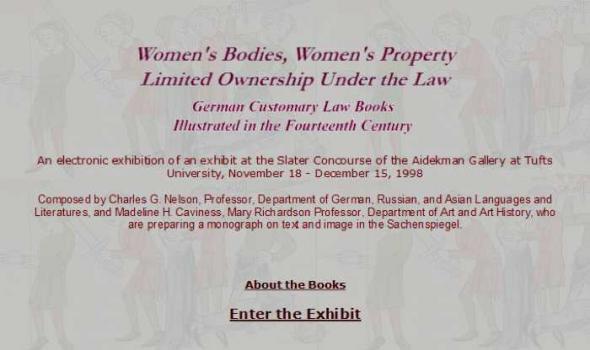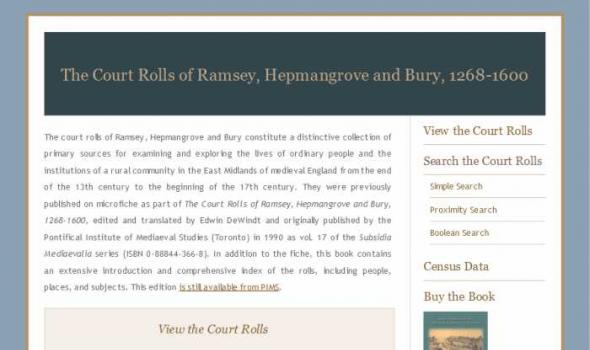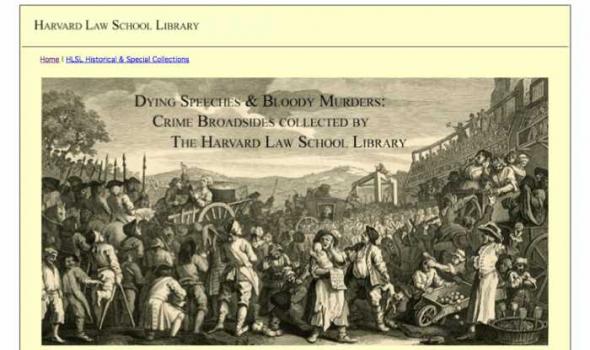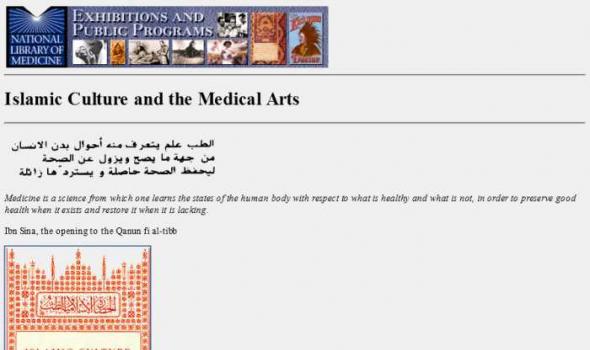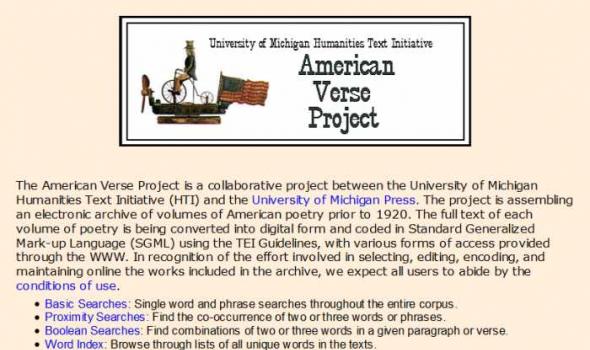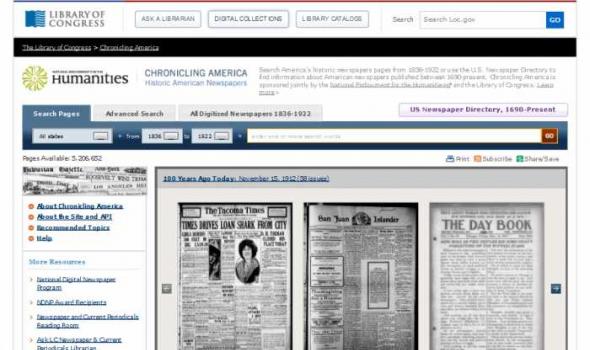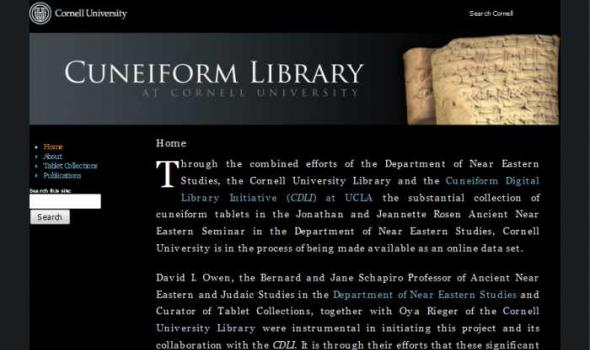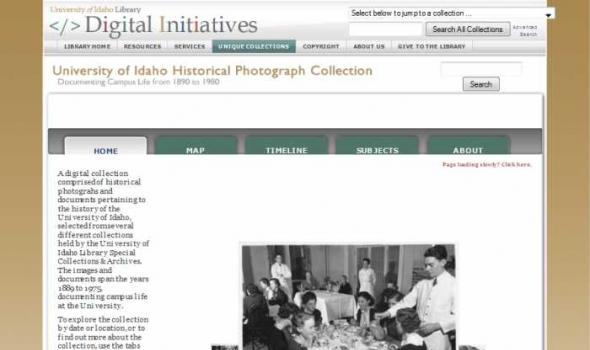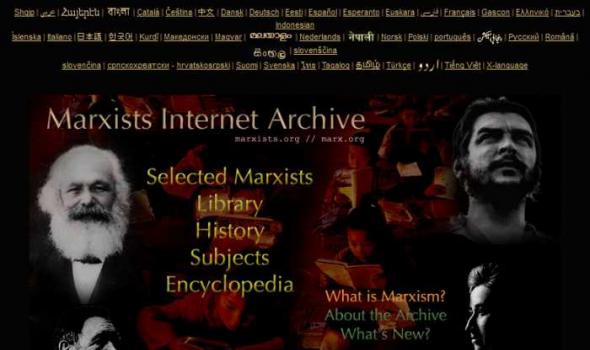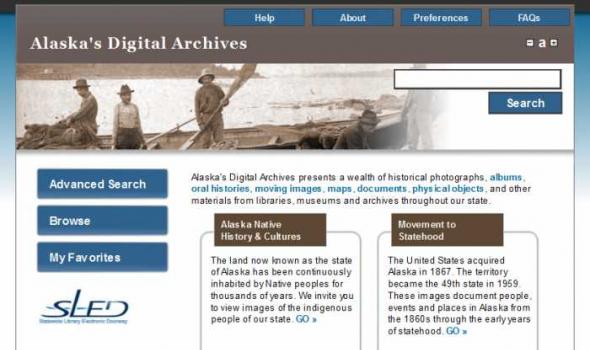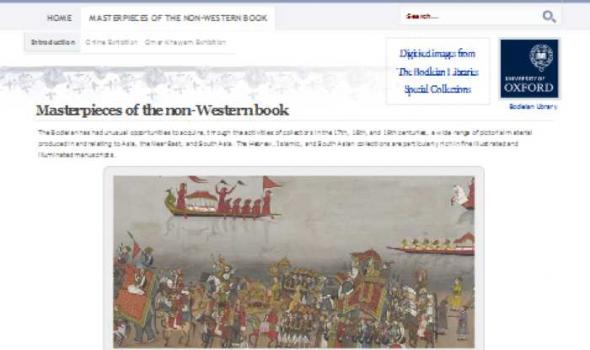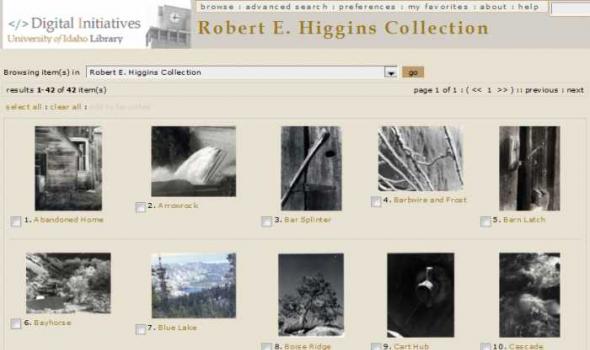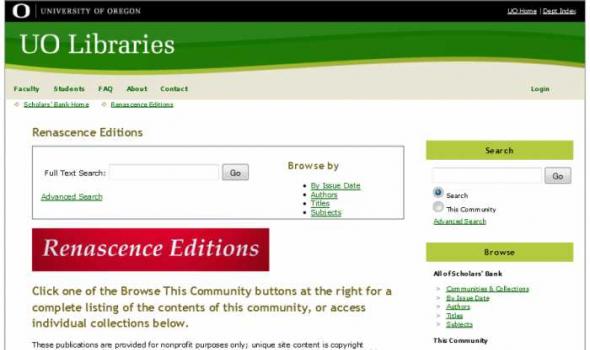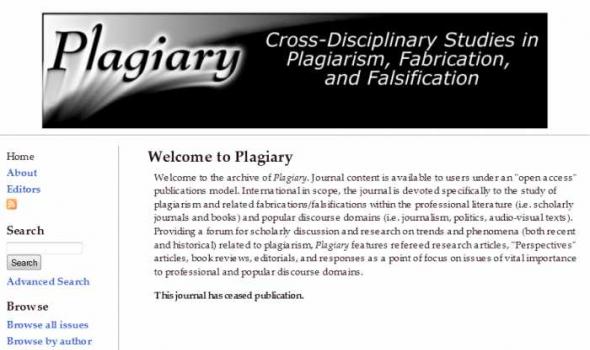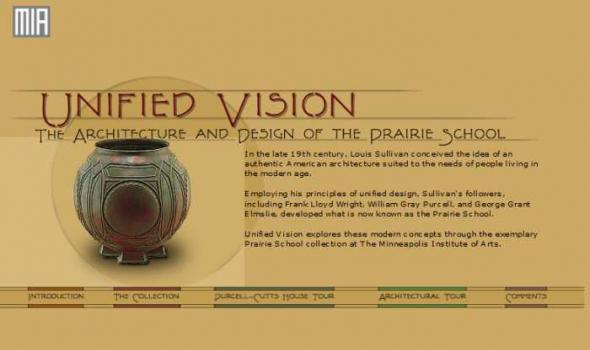Category: Sociology & Demography, Law
Results
The Sachsenspiegel or Mirror of the Saxons (1220-35) is a collection of customary laws compiled by Eike von Repgow (1180-1235). Encouraged by his overlord, Hoyer von Falkenstein , from Saxon high nobility, he produced a German version of his own (lost) Latin original. Their purpose was to textualize, and thus to stabilize what up until the 13th century had been a long oral tradition of regional jurisprudence. The Sachsenspiegel is divided into two parts, one concerned with laws regarding the management of fiefs, the Lehnrecht , and the other with more general laws, the Landrecht , or regional law.
The Court Rolls of Ramsey, Hepmangrove and Bury, 1268-1600 The court rolls of Ramsey, Hepmangrove and Bury constitute a distinctive collection of primary sources for examining and exploring the lives of ordinary people and the institutions of a rural community in the East Midlands of medieval England from the end of the 13th century to the beginning of the 17th century. They were previously published on microfiche as part of The Court Rolls of Ramsey, Hepmangrove and Bury, 1268-1600 , edited and translated by Edwin DeWindt and originally published by the Pontifical Institute of Mediaeval Studies (Toronto) in 1990 as vol. 17 of the Subsidia Mediaevalia series (ISBN 0-88844-366-8).
The public's fascination with the human drama of the courtroom did not begin with Perry Mason or Court TV. Cases involving the relationships between men and women, within or outside the bonds of marriage, have long engaged the popular imagination. In the eighteenth and nineteenth centuries, published accounts of sensational trials provided the public with both entertainment and cautionary tales. Studies in Scarlet presents the images of over 420 separately published trial narratives from the Harvard Law School Library's extensive trial collections.
Just as programs are sold at sporting events today, broadsides -- styled at the time as "Last Dying Speeches" or "Bloody Murders" -- were sold to the audiences that gathered to witness public executions in eighteenth- and nineteenth-century Britain. These ephemeral publications were intended for the middle or lower classes, and most sold for a penny or less. Published in British towns and cities by printers who specialized in this type of street literature, a typical example features an illustration (usually of the criminal, the crime scene, or the execution); an account of the crime and (sometimes) the trial; and the purported confession of the criminal, often cautioning the reader in doggerel verse to avoid the fate awaiting the perpetrator.
